(Mechelen 1586 – Antwerp 1643)
Portrait of a young man with a turban, dressed in oriental style
Oil on canvas
H. 43 cm; W. 33 cm
This portrait of a young man wearing a white turban and a rich red cloak decorated with gold embroidery is part of the Flemish “tronie” tradition, a popular pictorial genre in the 17th century that aimed to depict expressive faces or costumed figures, without the intention of a realistic portrait. The work is attributed to the circle of Adam de Coster, a Flemish painter known for his dramatic night scenes and his expressive use of chiaroscuro, influenced by Caravaggism. The sculptural light bathes the young man’s face, revealing a pensive expression, while the dark background accentuates the subject’s presence. The turban, an exotic accessory, was part of a widespread pictorial fashion of the time: that of fantasized orientalism, synonymous with luxury, alienation, and mystery. This type of representation, although Western, testifies to the fascination with Eastern cultures in 17th-century European courts. The work illustrates the skill of Flemish artists in combining naturalistic precision and dramatic effects in a sober but captivating composition. It also demonstrates the Baroque period's attraction to contrast, texture, and emotion.


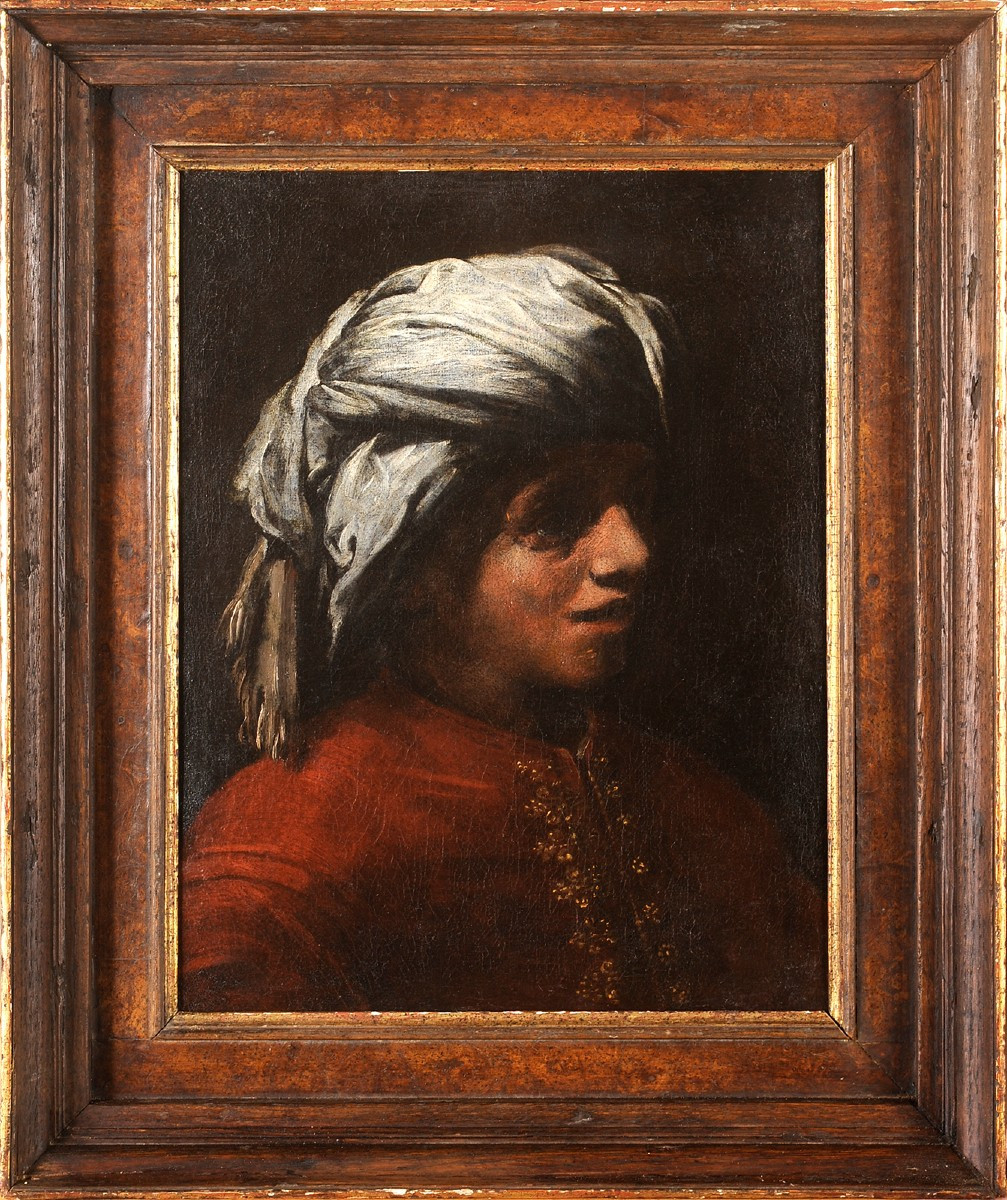
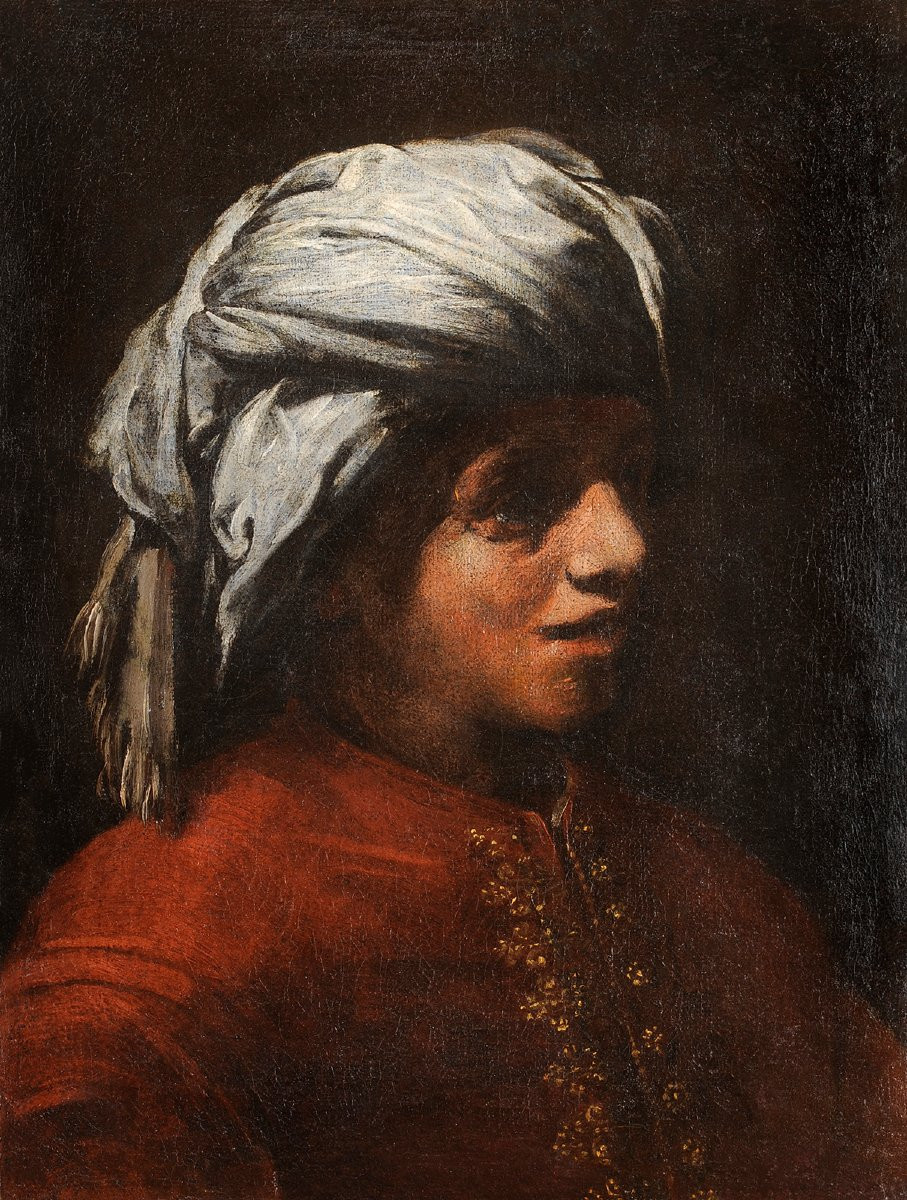








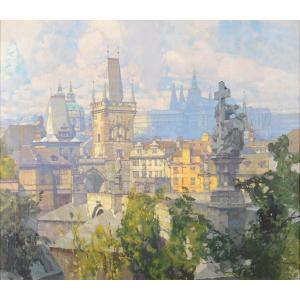
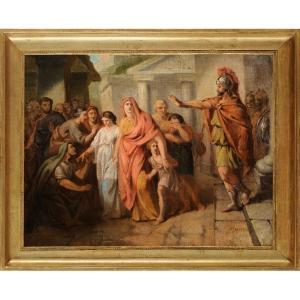


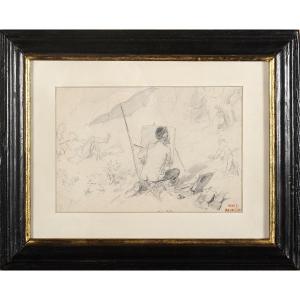

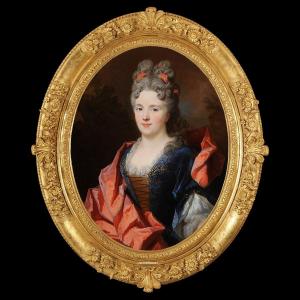






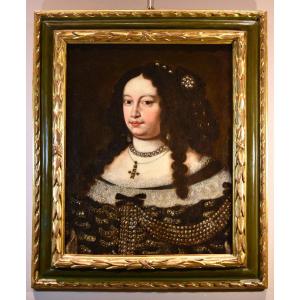
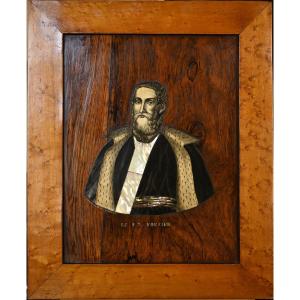





 Le Magazine de PROANTIC
Le Magazine de PROANTIC TRÉSORS Magazine
TRÉSORS Magazine Rivista Artiquariato
Rivista Artiquariato